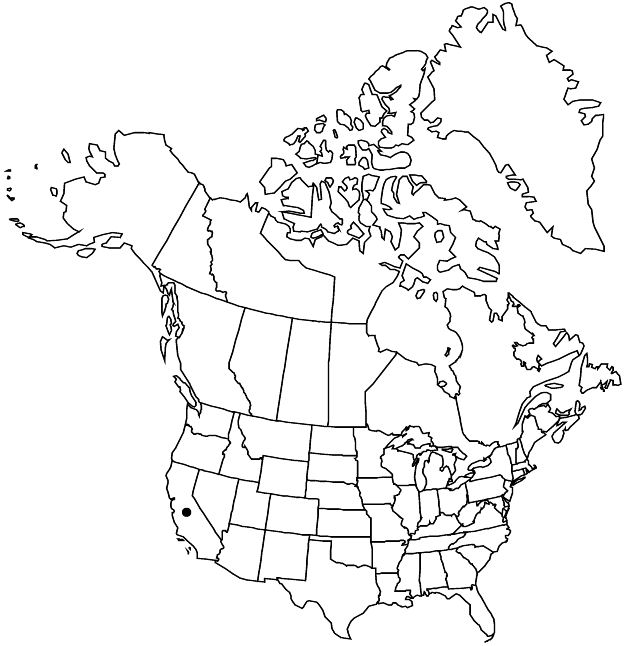Difference between revisions of "Drymocallis cuneifolia var. cuneifolia"
Treatment appears in FNA Volume 9. Treatment on page 295.
FNA>Volume Importer |
imported>Volume Importer |
||
| (2 intermediate revisions by 2 users not shown) | |||
| Line 43: | Line 43: | ||
|publication year= | |publication year= | ||
|special status= | |special status= | ||
| − | |source xml=https:// | + | |source xml=https://bitbucket.org/aafc-mbb/fna-data-curation/src/2e0870ddd59836b60bcf96646a41e87ea5a5943a/coarse_grained_fna_xml/V9/V9_479.xml |
|subfamily=Rosaceae subfam. Rosoideae | |subfamily=Rosaceae subfam. Rosoideae | ||
|tribe=Rosaceae tribe Potentilleae | |tribe=Rosaceae tribe Potentilleae | ||
Latest revision as of 22:57, 5 November 2020
Stems 2–4.5 dm. Basal leaves 5–15 cm, leaflet pairs (2–)3–4(–5); terminal leaflet broadly cuneate-flabellate, 1–2.5(–3.5) cm. Epicalyx bractlets linear to narrowly elliptic, 0.8–2 × 0.3–0.5 mm. Achenes 1–1.2 mm.
Phenology: Flowering Jun–Aug(–Sep).
Habitat: Stream edges in riparian scrub
Elevation: 1800–2300 m
Discussion
Of conservation concern.
Variety cuneifolia is currently known from only two populations on the north face of the San Bernardino Mountains, San Bernardino County.
Selected References
None.
Lower Taxa
None.
